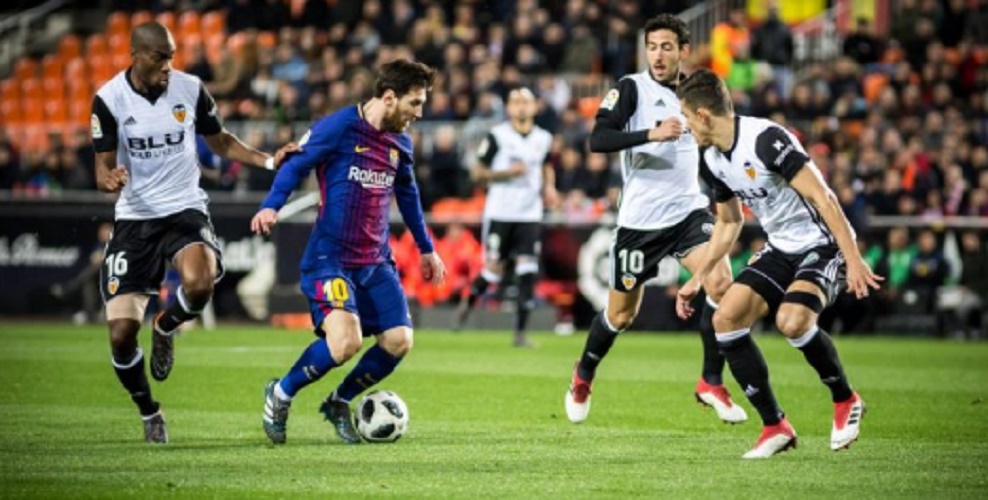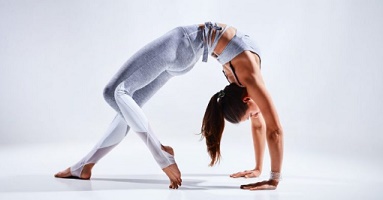What are individual sports? Benefits & their Examples
We explain what are individual sports and some examples of these practices. Also, what are collective sports?
What are individual sports?
Individual sports means those sports practices or disciplines that do not require accompaniment to be carried out, that is, that can be done alone.
In them, the competitor does not rival other athletes or practitioners, but with himself: with his recorded times, with his total trajectory or with his endurance time, or with other personal abilities on which the sport in question depends.
In this way, the athlete’s goals are set in advance and have to do with the development of certain skills.
The opponent and partner of the athlete are himself. Similarly, self-evaluation and self-discipline are part of these games, since there will be no one to blame in case there is no progress.
Most individual sports, thus, consist of a record of the effort made so that each time can be reached further. For this, chronometers, length meters, depth meters, and targets, among other methods are used to inform the athlete how close he is to reaching his individual and personal goal.
Examples of individual sports
Some recognized individual sports are:
- Stunts
- Martial Arts
- Athletics
- Billiards
- Cycling
- Ski
- Rope climbing
- Gimnasia
- Rhythmic gymnastics
- Golf
- Weightlifting
- Powerlifting
- Shot put
- Javelin throw
- Motorcycling
- Gun shooting
- Archery
Collective sports

Unlike individual sports, in which the athlete is alone, collective sports are those that integrate the athlete into a more or less orderly group, either collaborators or opponents, or both types at the same time.
Sports such as football or athletics consist of the competition for scoring the most points on the contrary or for reaching the goal before him, respectively, either through a joint effort or on their own.
Collective sports not only exercise the athlete’s body but also their social thinking: teamwork, integration regarding a purpose, trust, reciprocity, planning, etc.
You May Also Like:




